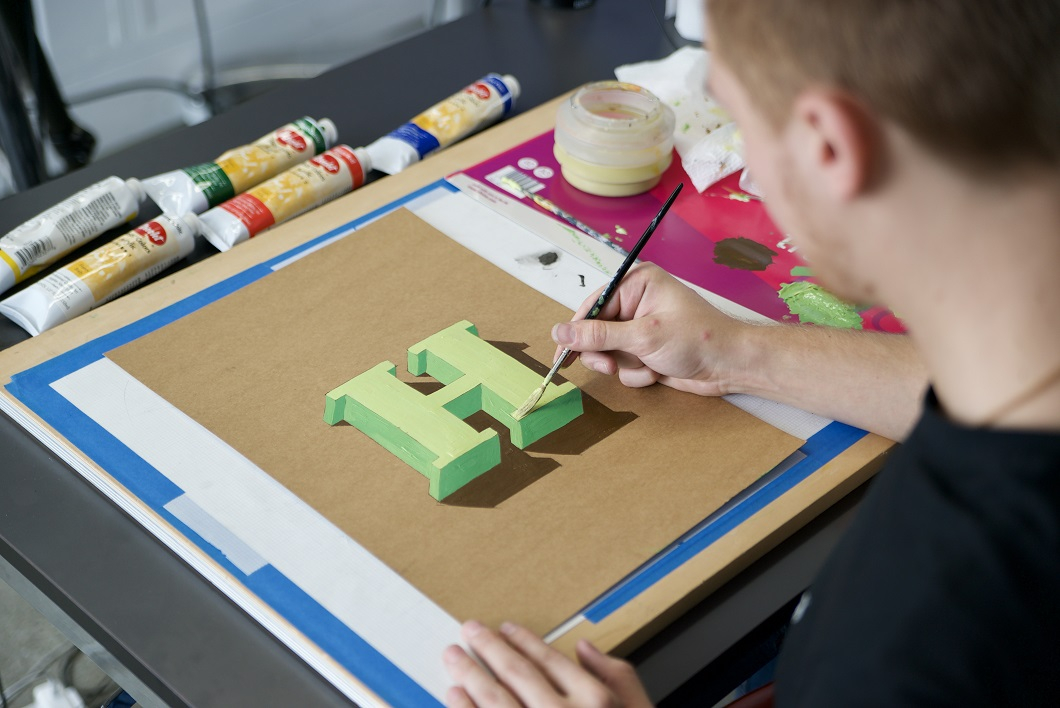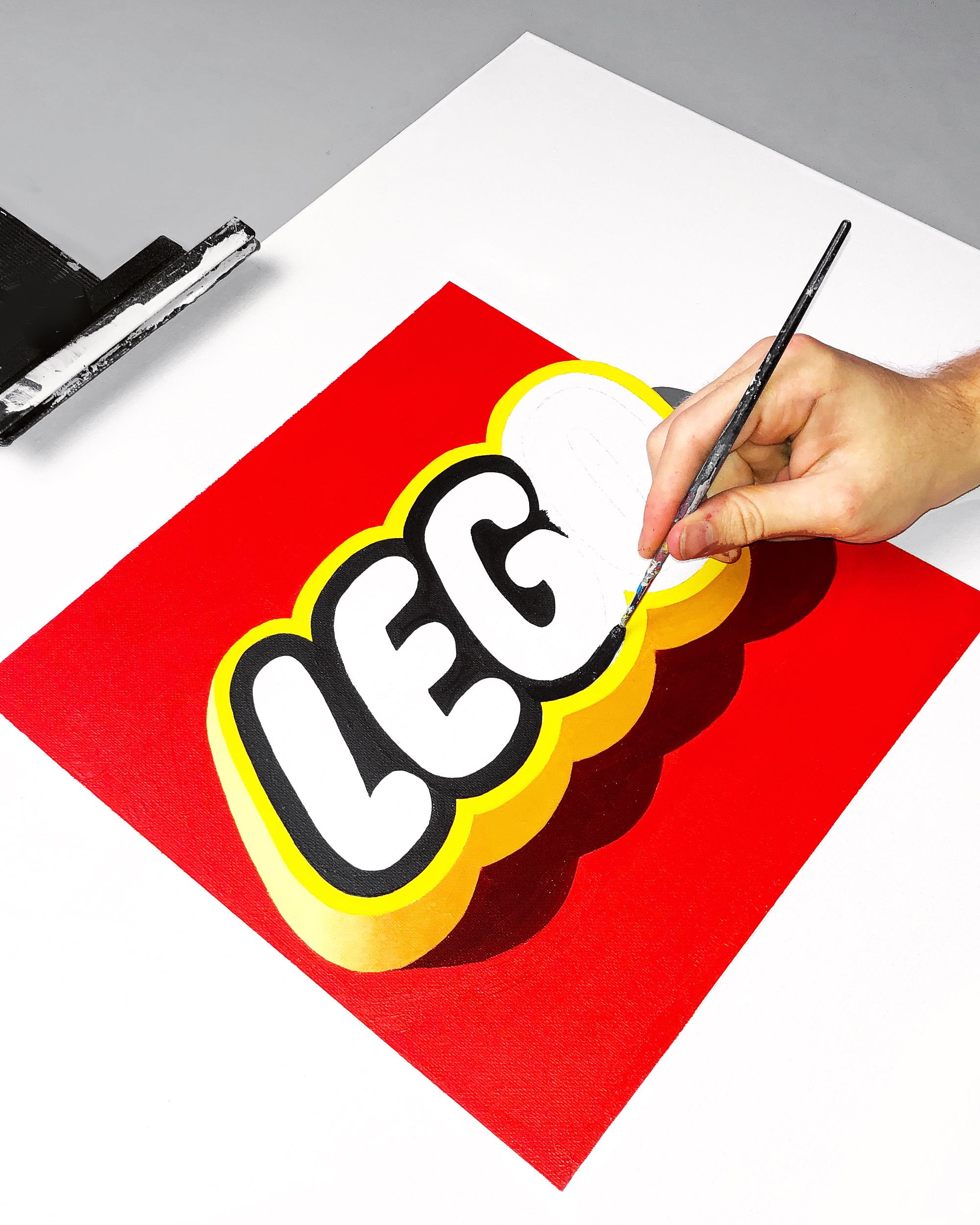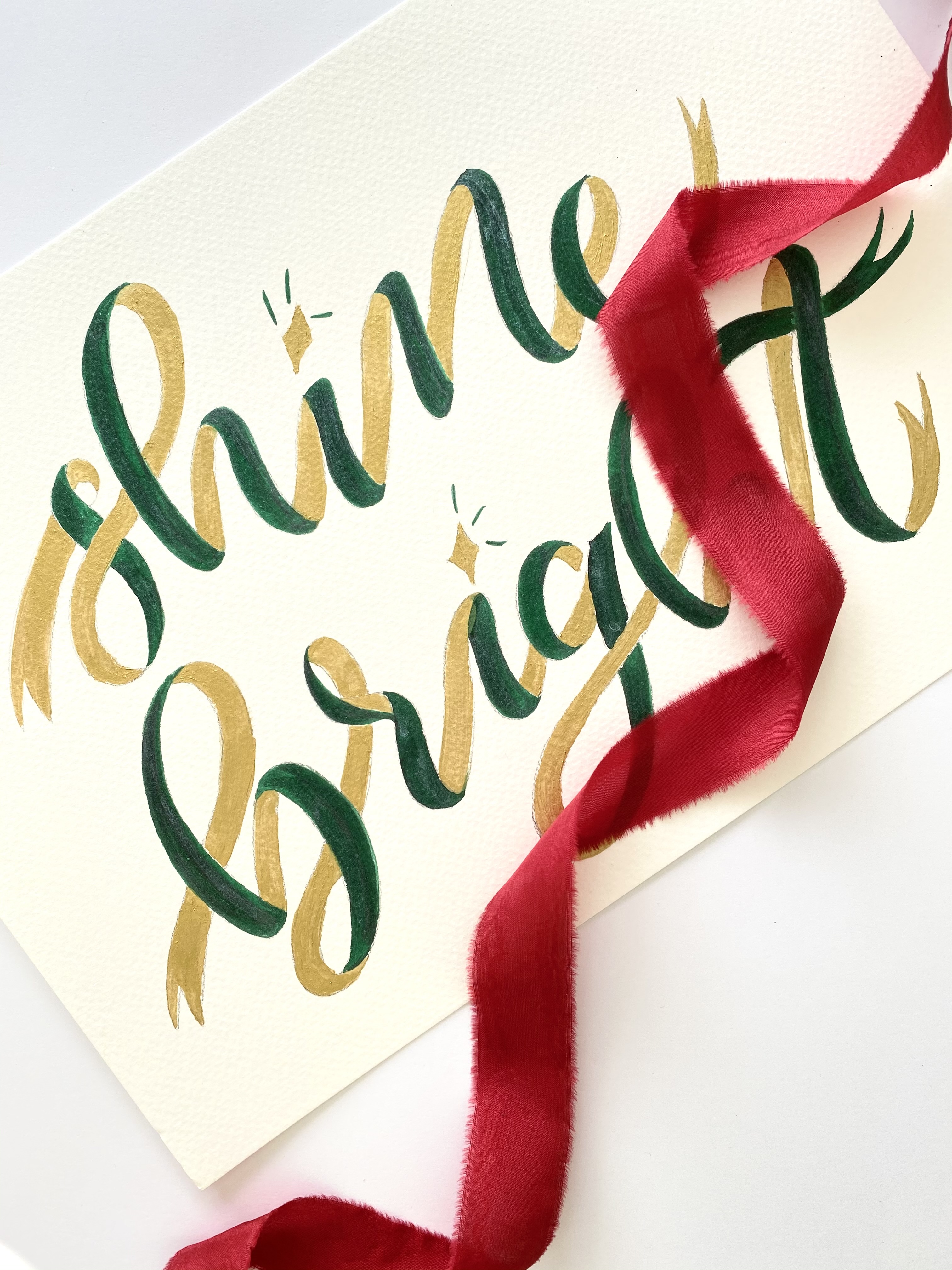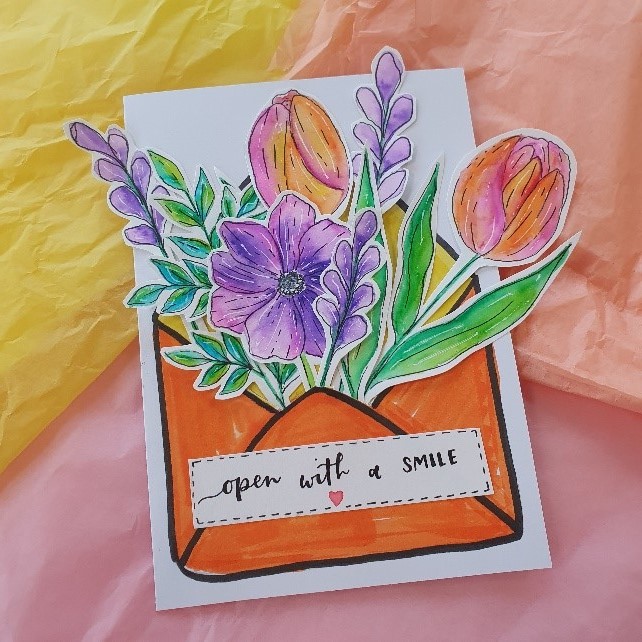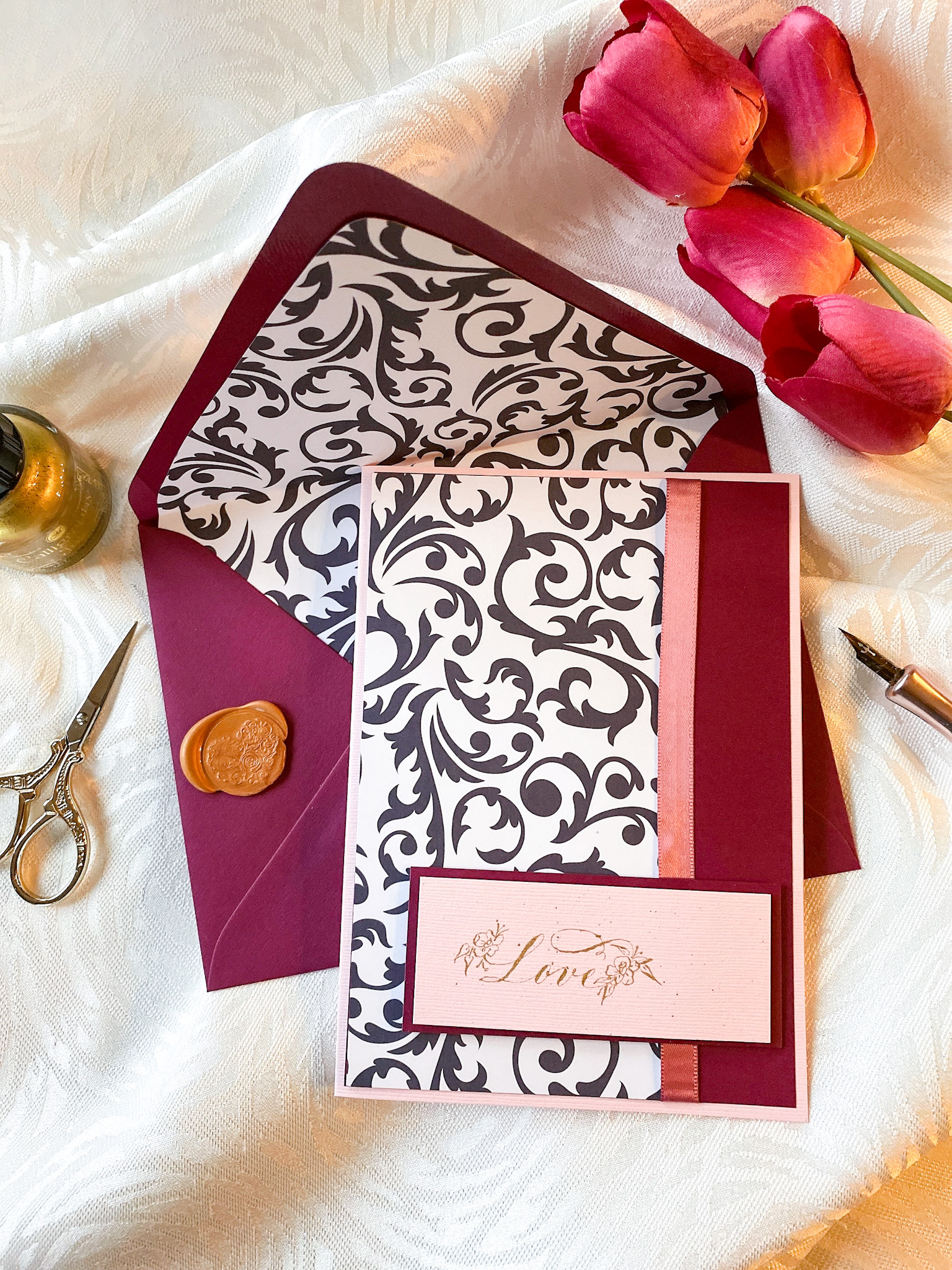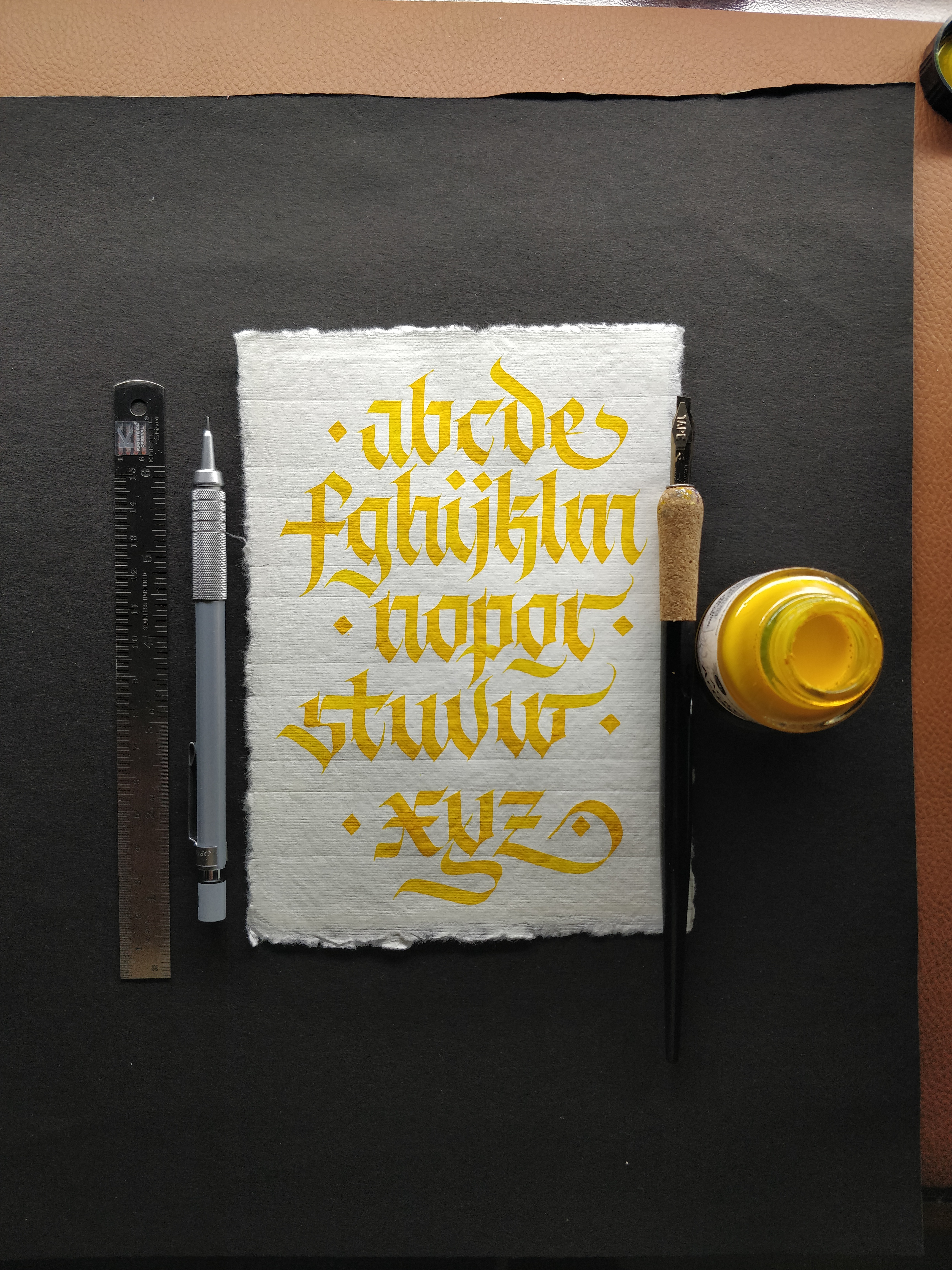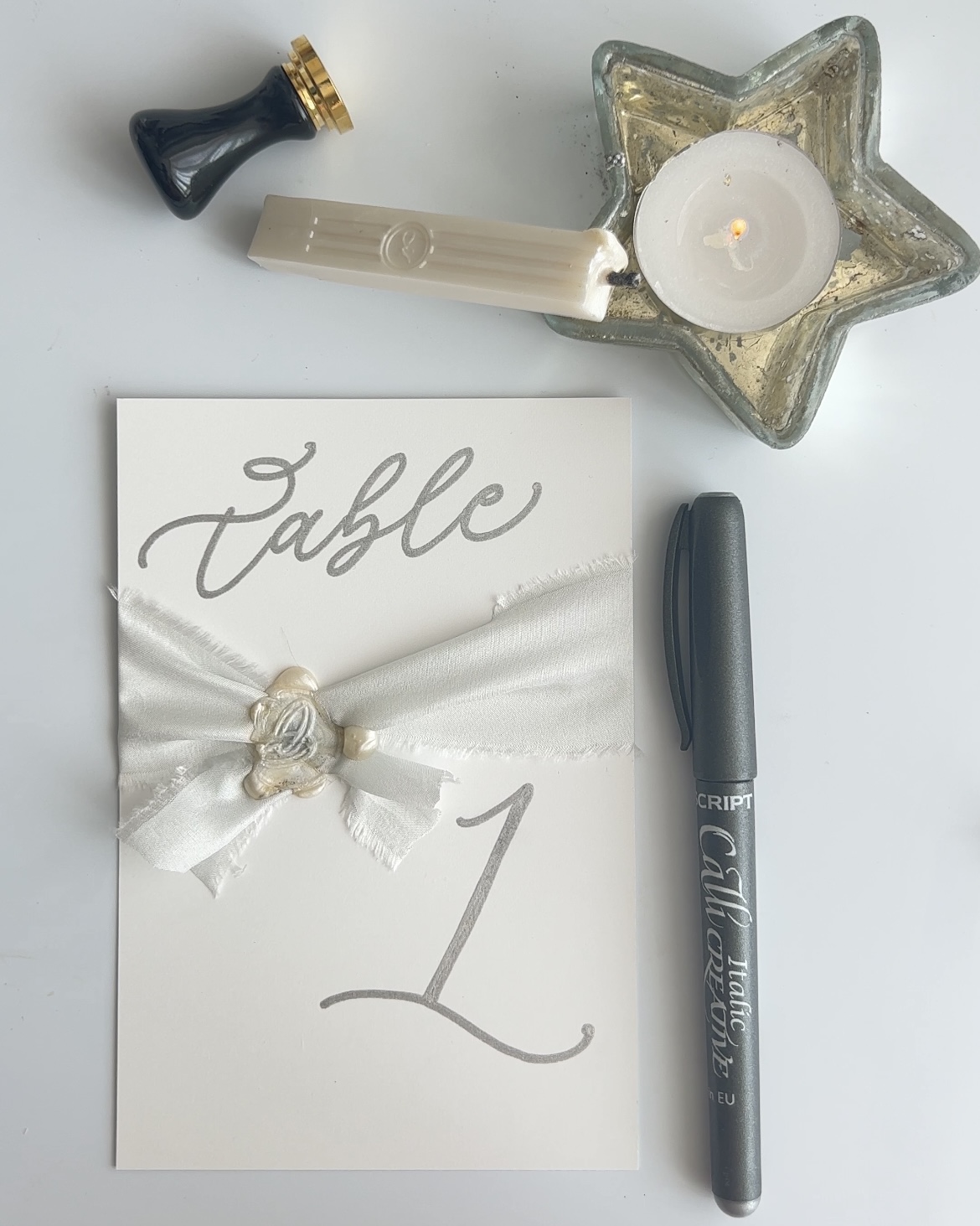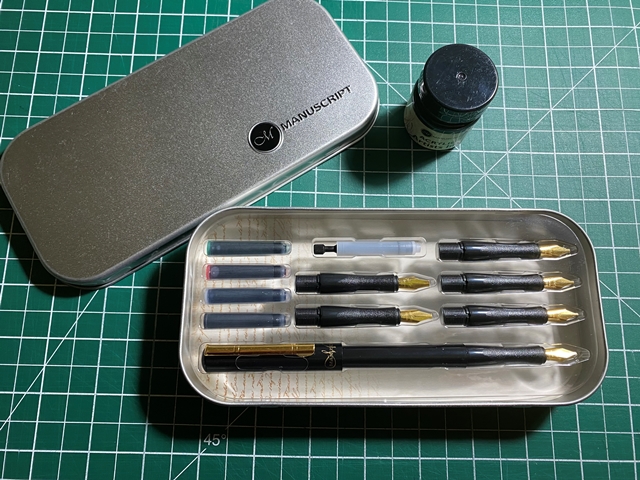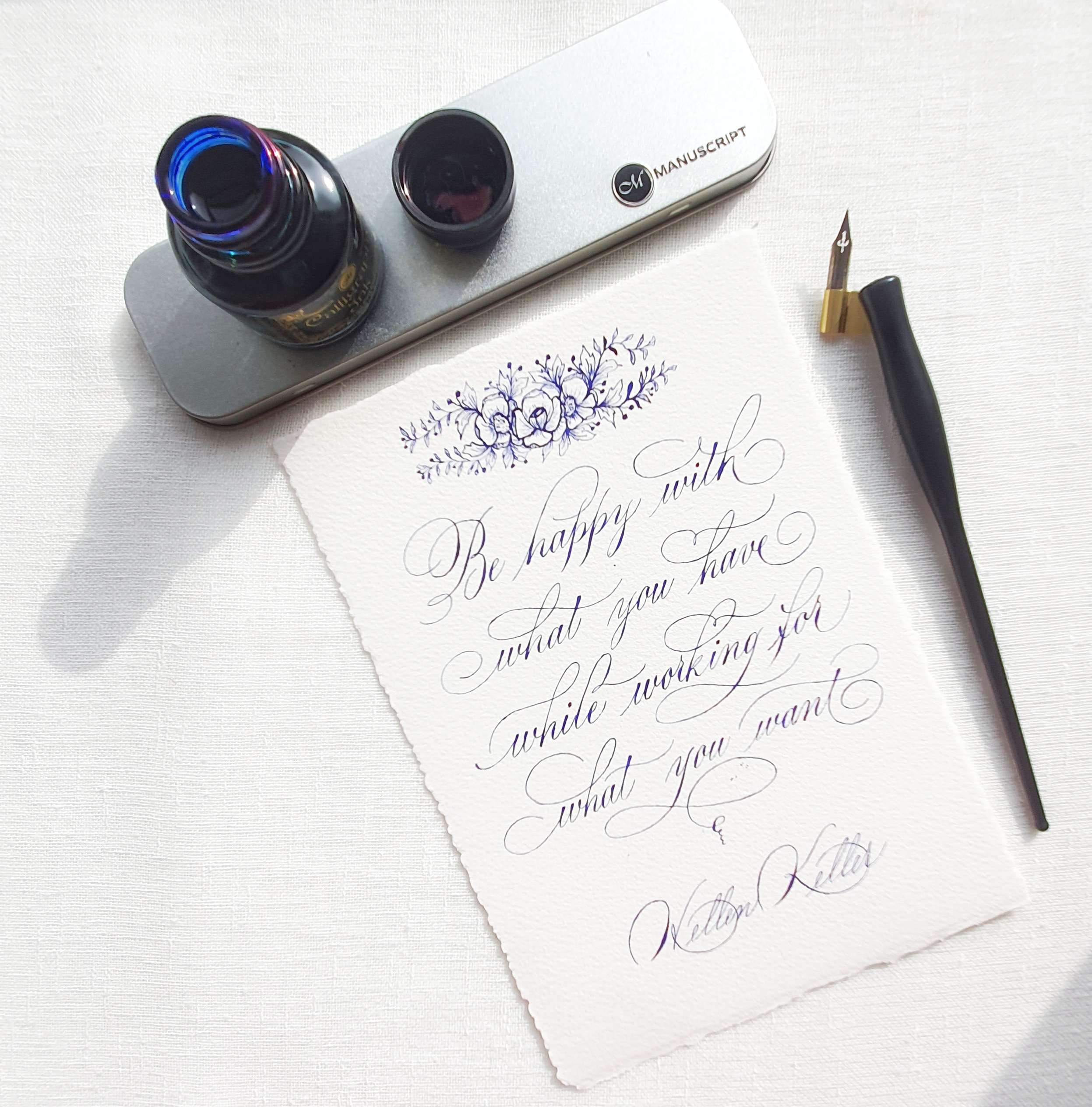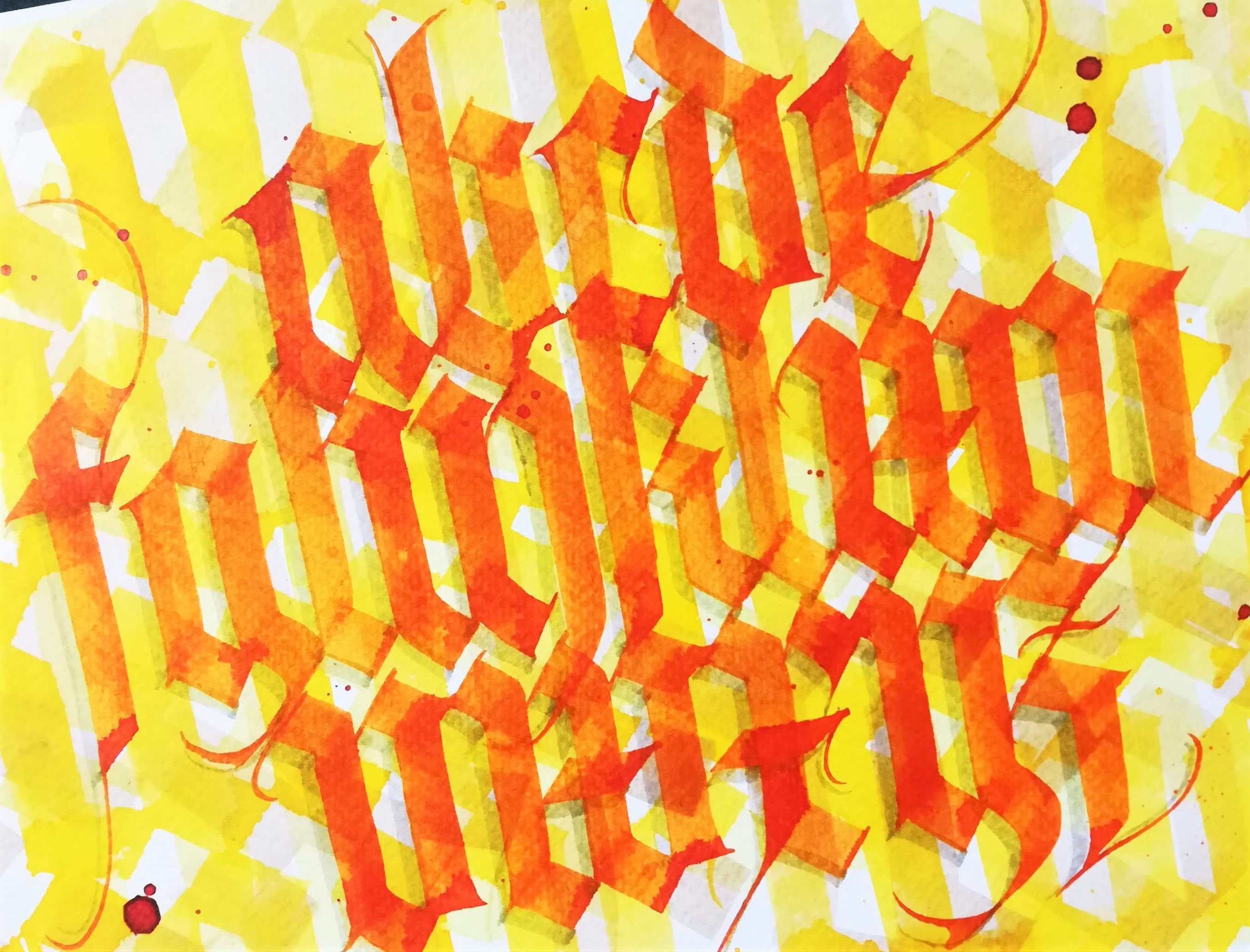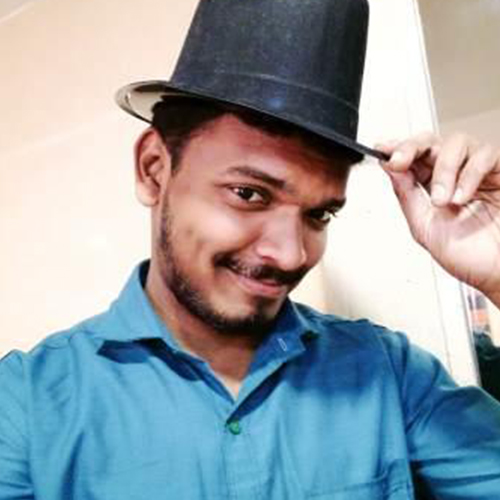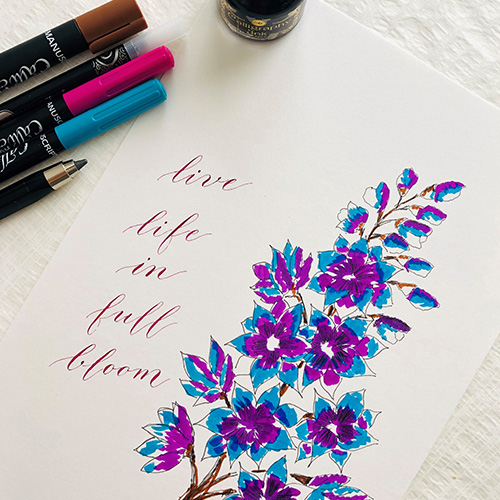What is your background and when did your passion for Lettering begin?
From a young age I was creative but I had this lingering feeling that I hadn’t found my medium, my way of visually expressing how I feel. When I brought this up in art class it really didn’t go down well and I became rebellious against the way ‘art’ was taught.
I was eventually removed from art class in school but this is when my personal creative journey began. I began studying different art forms, artists, and craftsmen in my free time on youtube and I became amazed with the graphic design people were using to promote their channel. I began to explore and practise graphic design and Years later I eventually went on to university here in Cardiff to study graphic design and hone my skillset.
My infatuation with hand lettering began around the same time as I was learning graphic design. So much of the designs I was creating focused around communicating ideas with typography. With each font conveying different messages choosing the right font for a logo was really important, and when I couldn’t find the right fonts I began to create my own.
Who and where do you take your inspiration from?
I used to draw a lot of influence from other creatives sharing their work The issue with that is that everyone else is doing the same so a lot of the lettering being produced around the world began looking similar. I decided to do my own research into the history of lettering and calligraphy by purchasing old books and studying the old masters. This led into my fascination with sign painting and informed my 3D lettering style which I am known for.
What, in your opinion, is the hardest and the most rewarding parts of doing working in a creative industry?
Being able to create art and design that resonates with hundreds of thousands of people around the world and sharing it with them is incredibly rewarding. Social media is incredible when it comes to sharing your work but it is a double edged sword. SO much of the creative industry is now focused around social media. It’s easy to get caught into a comparison trap comparing your work to your peers and not feeling good enough.
Do you have a favourite style of lettering?
3D lettering for me is the most impactful style which I regularly use but I’ve always loved the fluidity of script lettering. The majority of logos I design are built up from brush lettering so that has to be my second favourite for sure.
What are the most exciting projects you have worked on and what are you working on at the moment?
I’m currently under several Non Disclosure Agreements so I can’t share much information about several exciting projects.
One project I’m especially excited to be working on alongside a well known German luxury goods brand is the development of a full 3D font to be used across their product range. It’s always difficult to perfectly capture the essence of a brand and condense it into a typeface, but my research into vintage Italian 3D sign painting has inspired what I think is my best font to date.

How does your work relate to your everyday life?
My work and everyday life are so intertwined now I don’t know where one ends and one begins. I would spend so much of my free time focusing and enjoying my passion of lettering that when I became a full time job at the end of my time at university I would spend almost every waking minute thinking about it and working on it. It’s become an obsession, but one that has made my life better in so many more ways than I could have ever imagined.
What are your favourite tools to use?
I use a wide range of tools in my lettering depending on the project. My artistic work is mostly paint and brush but its always underpinned by sketches on paper with pencil. Brush pens have been a huge part of my creative process when it comes to logo designs and continue to be still today.
What would your advice be to people new to the creative lettering industry and any tips on how to get started?
To anyone reading this who’s creating any form of art/ craft I highly recommend you begin recording your process and sharing it to Instagram, Tok Tok, and Youtube. Video content is going to continue to dominate social media, and there’s so much more value in showcasing how you created something than just the final product. You don’t need to be highly skilled (I certainly wasn’t when I started posting online) because other creatives on a similar journey will resonate with you and your work.
What are your top tips for aspiring lettering artists?
- Build up, or find a tribe of likeminded people and work together to create art that is meaningful to you.
- Support other artists and reach out to them for feedback.
- Keep following your curiosity and creating cool stuff.
Find out more about James via his website or on Facebook, Twitter and Instagram.


